Language Symbols Page #5
This page lists all the various symbols in the Language Symbols category.
Symbols in this category:
Rhetorical Question Mark
An unconventional punctuation mark that indicates a rhetorical question.
Russian alphabet
The Russian alphabet (Russian: русский алфавит, transliteration: rússkij alfavít) is a form of the Cyrillic script, developed in the First Bulgarian Empire during the 10th century AD at the Preslav Literary School. The modern Russian alphabet consists of 33 letters.
Semicolon
The semicolon (;) is a punctuation mark with several uses. The Italian printer Aldus Manutius the Elder established the practice of using the semicolon to separate words of opposed meaning and to indicate interdependent statements.
Shin
Shin (also spelled Šin (šīn) or Sheen) literally means "tooth", "press", and "sharp"; It is the twenty-first letter of the Semitic abjads, including Phoenician Shin Phoenician Hebrew Shin ש, Aramaic Shin Syriac Shin ܫ, and Arabic Shin ش (in abjadi order, 13th in modern order). Its sound value is a voiceless sibilant, [ʃ] or [s].
Sinceroid
An unconventional punctuation mark meant to indicate that the writer is being sincere, as opposed to conveying any other emotion.
Slash
The slash (/) is a sign used as a punctuation mark and for various other purposes. It is often called a forward slash (a retronym used to distinguish the slash from the backslash, "\"), and many other alternative names.
Smiley
A happy face, smiling face, smiley, or :) is a stylized representation of a smiling humanoid face, commonly occurring in popular culture. It is commonly represented as a yellow (many other colors are also used) circle (or sphere) with two black dots representing eyes and a black arc representing the mouth. "Smiley" is also sometimes used as a generic term for any emoticon.
Snark Mark
This unconventional punctuation mark helps the reader understand when the meaning of a sentence is different than what the sum of its words appear to mean.
Snark Mark (Variant)
This unconventional punctuation mark helps the reader understand when the meaning of a sentence is different than what the sum of its words appear to mean.
Square brackets
Square brackets—also called crotchets or simply brackets (US)—are often used to insert explanatory material or to mark where a [word or] passage was omitted from an original material by someone other than the original author, or to mark modifications in quotations.
Citation
Use the citation below to add this symbols category to your bibliography:
Style:MLAChicagoAPA
"Language Symbols." Symbols.com. STANDS4 LLC, 2024. Web. 22 Nov. 2024. <https://www.symbols.com/category/17/Language+Symbols>.


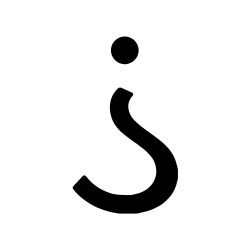
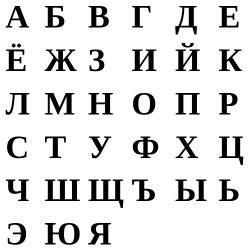
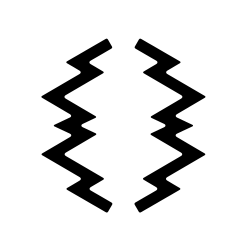
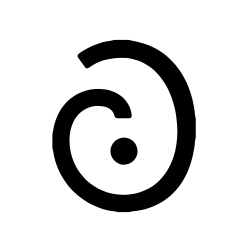
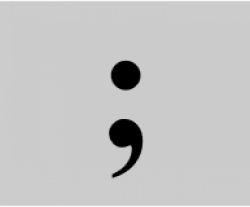
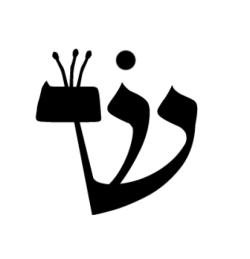
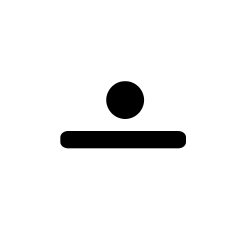
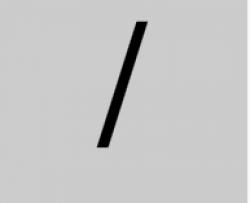
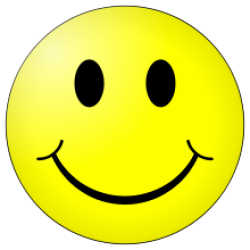
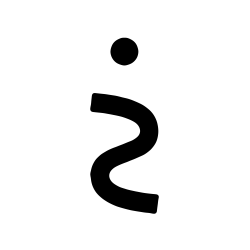
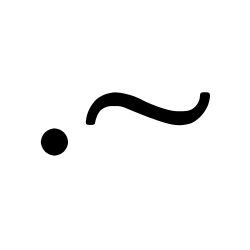
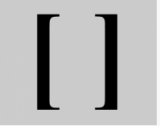
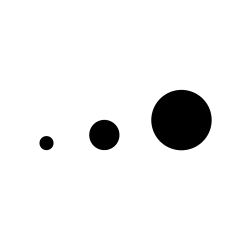
Have a discussion about the Language Symbols category with the community:
Report Comment
We're doing our best to make sure our content is useful, accurate and safe.
If by any chance you spot an inappropriate comment while navigating through our website please use this form to let us know, and we'll take care of it shortly.
Attachment
You need to be logged in to favorite.
Log In